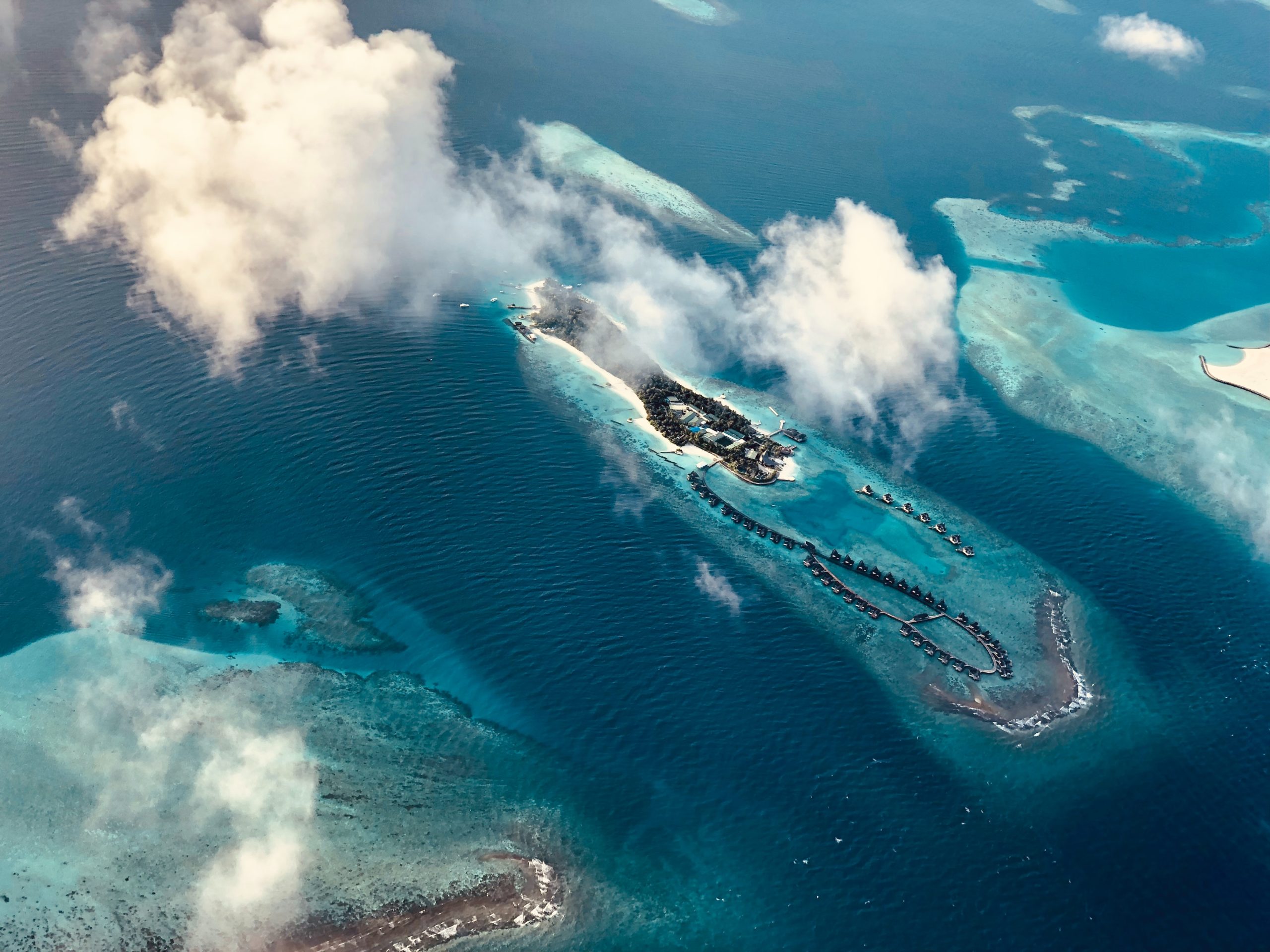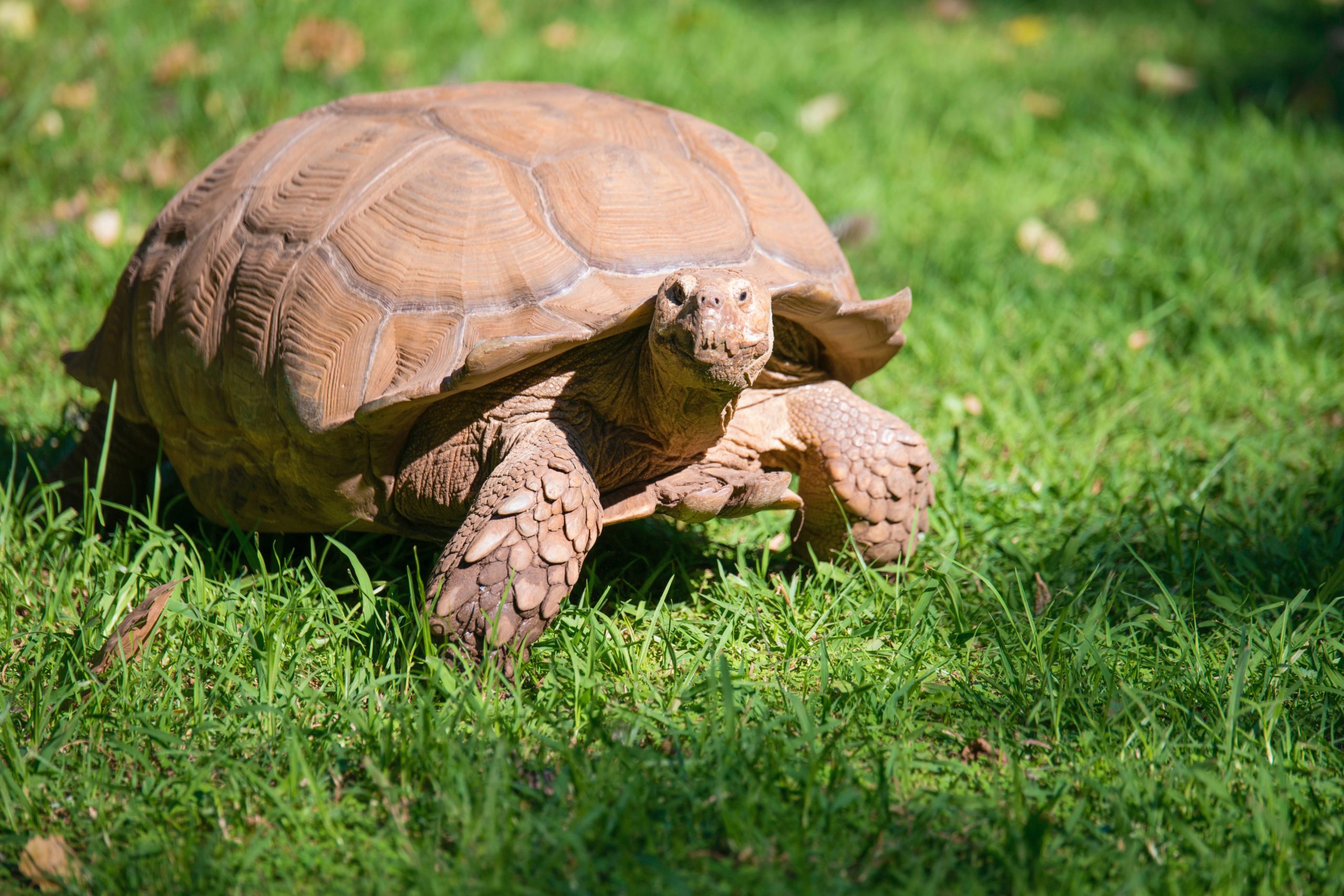
Hey friends! Writing about exciting things to do in Nicaragua was a blast, so I wanted to keep the South American travel vibe going with a post all about Santa Cruz Island in the Galapagos.
To anybody looking for an island vacation full of lively and historical wildlife, sandy beaches, and friendly people: hop on a plane down to Santa Cruz Island!
About Santa Cruz Island
Santa Cruz is one of four inhabited islands in the Galapagos, alongside San Cristobal, Isabela, and Floreana. The other islands remain human-free, with no overnight stays allowed, but environmentally-sensitive day tours are available. Gotta protect those critters!
Puerto Ayora is the main town of Santa Cruz, easily accessed via the airport on Isla Baltra. To get there, you’ll have to take a bus to the Itabaca Channel, followed by a ferry to the island dock, and finally a bus or taxi to Puerto Ayora itself. If you decide to spend some time in San Cristobal, there’s an airport close to the city.
Of course, as the Galapagos Islands are a part of Ecuador, don’t forget to brush up on your Spanish to chat with the locals!
There’s a wet season from December to May and a dry season from June to December, with hotter, tropical weather during the wet season and cooler (though still warm) weather in the dry season. Plan accordingly!
Now let’s check out some of my favorite attractions!
The Charles Darwin Research Station
Of course, you can’t come to the Galapagos Islands without admiring Darwin’s work! At the Charles Darwin Research Station, you’ll find classic museum exhibits and information in the central building, as well as a breeding center for giant tortoises. Learn about the late great Lonesome George, the 102-year-old Pinta Island tortoise who was the last of his kind and a symbol for the importance of conservation efforts worldwide.
The El Chato Tortoise Reserve

If the Charles Darwin Center puts you on a quest to spot even more giant tortoises, take some time to visit the El Chato Tortoise Reserve. Here the dinosaur-like creatures have free range across the grounds, happily munching on some grass in their natural habitat.
Bring a camera, but keep a respectful distance from the tortoises themselves. Some of these guys have been around for over a century, and are better off left in peace. You may also spot a few Darwin finches or Vermilion Flycatchers flying around!
Tortuga Bay
Also called Playa Brava, Tortuga Bay is a beautiful beach, located at the end of a tame 40-minute walking trail. The waves are gorgeous, though they come with an undertow that makes them dangerous for swimming. However, you can walk farther along the beach to reach a safer sheltered bay with calm water.
Once you reach the bay itself, you can relax on the sand, go kayaking, snorkel, or swim among the mangroves. If you’re lucky, you may spy marine iguanas, sea turtles, or even flamingos catching some rays! Come fully stocked with snacks and water, as you won’t find many kiosks or stores in this secluded lagoon.
The Puerto Ayora Fish Market
Near the docks in Pelican Bay, you’ll find a bustling fish market on weekdays from 8-5, full of not only fishmongers and their clients, but also a few friendly sea lions! Many will scoot around behind the counters and bump the sellers for a few scraps of extra fish. You’ll also see pelicans swooping in and out, hoping for a bite. Of course, after you’ve sat back and enjoyed the show, don’t be afraid to grab some seafood for dinner!
Las Grietas
If you’re in the mood for a relaxing swim in impossibly clear water between two rocky cliffs, then Las Grietas is the spot for you! Since it’s pretty easy to reach via water taxi, Las Grietas is prone to crowds, especially when cruise ships stop off and let their passengers have a splash. So you may want to get here early to have more of the place for yourself or try popping in right at noon, which should help you avoid the cruise crowds at least. Don’t forget your snorkeling equipment to explore the crystal-clear depths!
The Lava Tunnels
The lava tunnels (or lava tubes) near Santa Rosa are long, winding caverns that you can explore on your own or on a guided tour. You’ll find some tunnels near the El Chato Tortoise Reserve, but the entry near Santa Rosa will give you over a kilometer of tunnels to wander through. Some of the more complete, albeit more expensive, tours will take you through the tubes and into other great locations, so keep those in mind if you want to see everything at once!
Los Gemelos
In Spanish, Los Gemelos translates to “the twins,” and refers to the two giant sinkholes near Santa Rosa and El Chato. Here, you’ll find rich greenery, Darwin finches, and an overall lovely landscape. You can get here by driving from Puerto Ayora, by rented bike, or via taxi. The sinkholes are off the main road, so you’ll need to hop out and walk a trail, either to one of the higher lookouts over Los Gemelos or a longer trail throughout the space.
Black Turtle Cove
Only accessible by water, the Black Turtle Cove is located on the north shore of the island. This lagoon is home to mangroves, turtles, white-tipped reef sharks, pelicans, boobies, and plenty more wildlife. You’ll need to get here via a 60-90 minute cruise or pangha, but once you arrive, this secluded spot will be a wonderfully quiet place to relax! As is the case for all of these locations, make sure to pick up any objects or trash you came in with, so the local critters can live here undisturbed.
And there you have it! I love the liveliness and historical significance of the Galapagos Islands as well as Darwin’s work here, and I’m sure you will too.
Looking for more travel inspiration? How about reading my posts about solo travel in Iceland, or the 10 cheapest places in Europe! Enjoy!
Leave a Reply